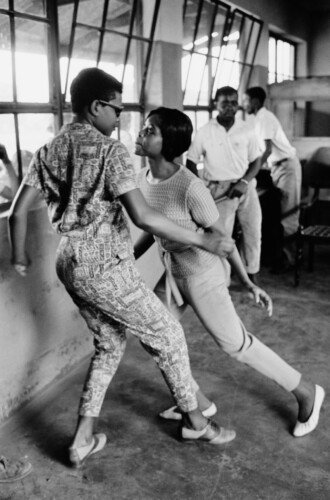House of Bondage: Ernest Cole’s brutal reality of apartheid in South Africa
In 1968 Ernest Cole and his photographs were banned from South Africa.
But, by this time Cole had already spent a decade setting a new standard for the future of photojournalists to turn art into political documentation.
This summer the Photographers Gallery in Soho will show Ernest Cole: House of Bondage from June 14 until September 22, revisiting Cole’s ground-breaking project on apartheid in South Africa.
Born in Eersterust, near Pretoria, in 1940, as a young Black man Cole experienced the daily humiliations of the system from the inside.

Describing the political climate he said: “Three-hundred years of white supremacy in South Africa have placed us in bondage, stripped us of our dignity, robbed us of our self-esteem and surrounded us with hate.”
Cole was a 20-year-old newspaper photographer in Johannesburg in 1960 when 69 Africans died in Sharpeville protesting the passbook laws that restricted their movements through their country.
That same year, Cole’s neighborhood was demolished to make room for white development.
One of the first Black freelance photographers in South Africa, which was only possible due to his reclassification from ‘Black’ to ‘Coloured’ under apartheid, Cole documented everyday life with assignments for Drum magazine and The New York Times, amongst others.

Defying the pass police and hiding his camera in a paper bag, Cole surveyed the precarious living conditions of Black South Africans, from mine labourers to domestic workers in white households, as well as the state of the transport and health sectors.
He paid particularly close attention to children and young people who were denied a proper education under the Bantu Education Act, which was introduced while Cole was still in high school and caused him to leave in protest.
But, Cole’s work is also an account of people’s determination to continue living, socializing, studying, playing sports and music.
In 1966, Cole fled South Africa and smuggled out his photographs, travelling through the UK before settling in New York.

His book House of Bondage was published in 1967 which translated the violence and repression of the apartheid system to the outside world.
It was this publication that resulted in him being banned in his home country.
In more than 100 photographs, the exhibition at the Photographers Gallery will cover all 15 chapters of House of Bondage.
Works from the chapter ‘Black Ingenuity’, which was not published in the original edition will also feature in the exhibition as well as early original prints, personal documents, original editions and filmed interviews with Cole.
In 2022, House of Bondage was re-released by the not-for-profit photography organisation, Aperture, with an additional chapter. The book will be available to buy in the Gallery shop.
Ernest Cole, House of Bondage, will be showing at the Photographers Gallery from June 14 until September 22.
Pictured top: In a school without furniture, students crouch on the floor to write (Picture: Ernest Cole)
